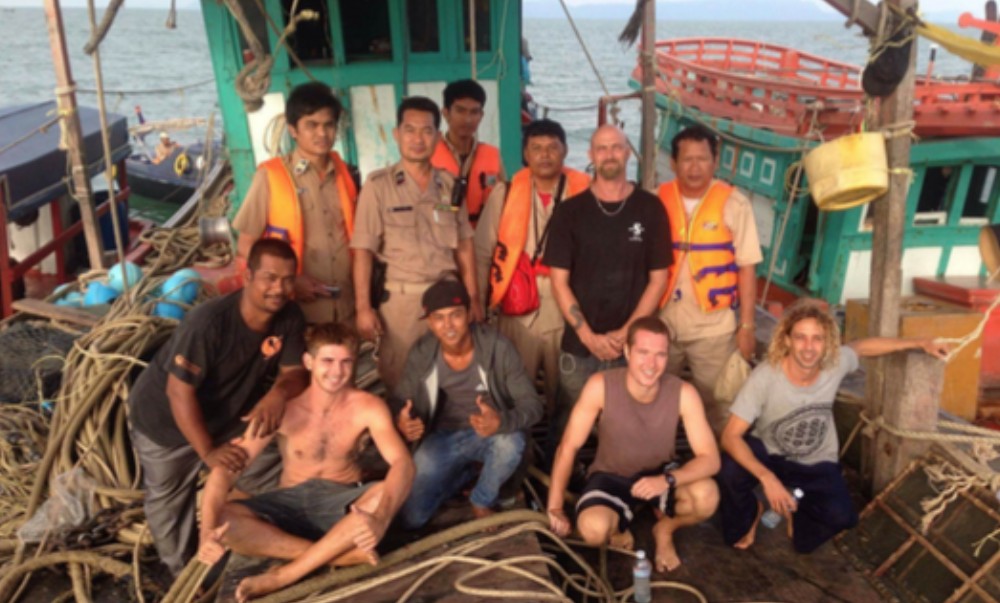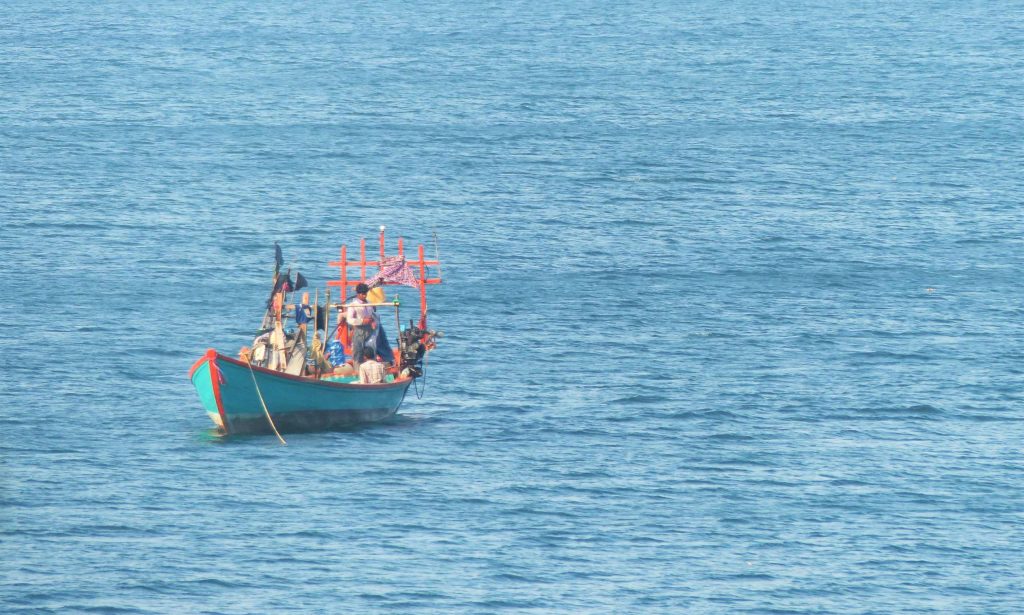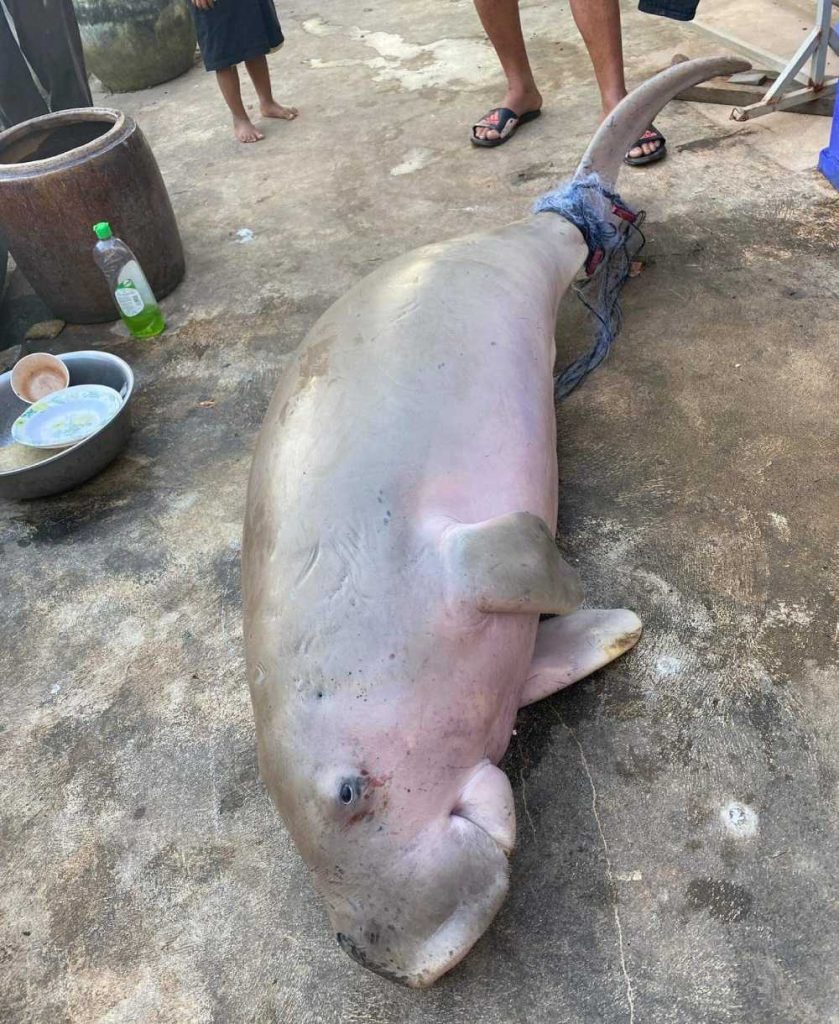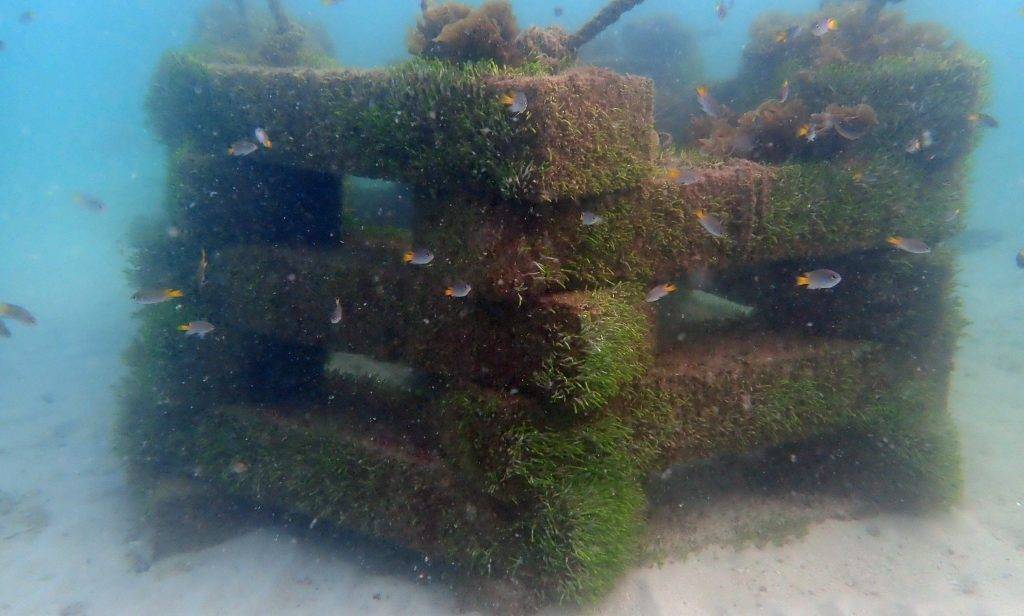The Marine Harvesting Network Project (MHN) was set up to monitor fishing pressure within the Kep MFMA and to promote and protect small-scale and sustainable fishing practices.
As we continue to monitor the extent and range of different fishing activities within the Kep waters, not only can we update the government on the status of these fishing activities, but we can also help to strategise enforcement, conservation measures, and marine protected area management.
What is Marine Harvesting Network?
Marine harvesting networks are the interactions between the different supplier stages all the way to the consumers.
Marine fisheries involve a complex range of stakeholders across multiple supply chains (Teh et. al., 2016). Fishers, traders, buyers and managers are constantly interacting on the local and transnational levels, and to different extents (Edwards et al., 2014).

This is why researching and understanding the marine harvesting network is essential to making fishing activities sustainable. It ultimately leads to healthy marine ecosystems and fishing resources that are lasting for the generations to come.
Because MCC focuses on conserving marine ecosystems and their services, studying this network is key to promoting sustainable development of the coastal communities while supporting them in sustaining their livelihood.
Drawing the line of justice

Small-scale fisheries
These coastal communities depend heavily on marine resources for food security, household income and livelihood in the form of tourism and fisheries (FAO, 2019).

However, their livelihoods are becoming increasingly threatened by Illegal, Unreported, Unregulated fishing activities (IUU).
Illegal, unreported & unregulated fishing
IUU activities, in particular bottom trawling, cause widespread habitat destruction to the important ecosystems in the archipelago, including coral reefs, seagrass meadows and bivalve beds (Hill et al., 2017).
Bottom trawling vessels have a distinguishable inboard engine. They carry a drag net with attached weights for open, deep water, thus increasing the capacity of the net.
However, the waters in Kep archipelago are less than 20 meters deep. These nets are dragging on the ocean floor, uprooting seagrass habitats and destroying small-scale fishing gear such as the sustainable crab traps (Service Geographique des Fark, 1960; Teh et al., 2016).
In addition, with a mesh size of only millimeters, these trawler nets do not allow any non-target species and juveniles to escape. Up to 80% of the total catch is just bycatch.

After prolonged over-exploitation, we have seen dramatic declines in the extent and productivity of the post-trawler ecosystems.
We became one of the first witnesses of these collapsing wild populations. And we saw how the small-scale fishers are left vulnerable because of IUU fishing.
Our intel on legal and illegal fishing activities has maximised the effectiveness of our conservation blocks. Through our block system we are hoping to restore and protect small-scale and sustainable fishing practices in the Kep archipelago.

